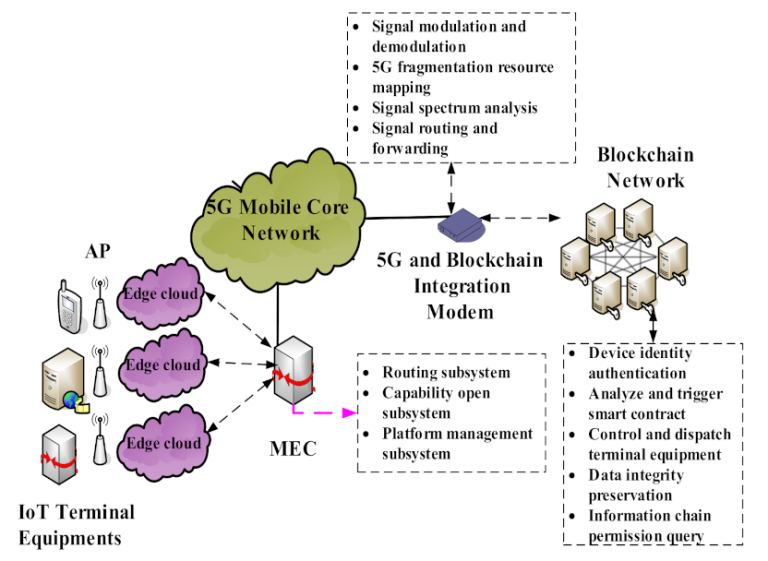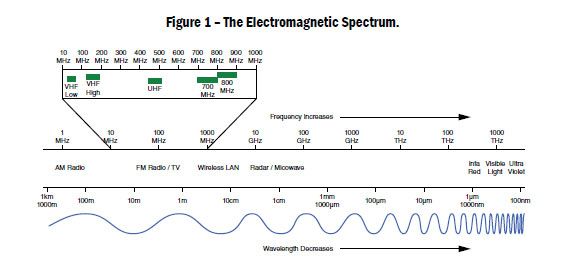Understanding WPC: Wireless Powered Communication Explained
telcomatraining.com – Wireless Powered Communication (WPC) is an innovative technology that allows devices to communicate and transfer data without the need for traditional wired connections. It is an essential part of the ongoing evolution of wireless technologies, offering convenience, flexibility, and energy efficiency. In this article, we will explore what WPC wireless powered communication is, how it works, and its potential benefits.
What is Wireless Powered Communication (WPC)?
Wireless Powered Communication (WPC) is a type of wireless communication that combines the use of wireless power transmission with data communication. Unlike conventional wireless communication systems that primarily focus on transferring data, WPC also integrates the ability to deliver power wirelessly to devices. This dual-function capability allows for more versatile and efficient communication systems in various applications, such as the Internet of Things (IoT), smart homes, and wireless sensor networks.
At its core, WPC utilizes technologies such as radio frequency (RF) signals, inductive coupling, and resonant inductive coupling to transfer power and data over the air. The devices that utilize WPC technology can receive both power and data signals wirelessly, which eliminates the need for physical connections and cables.
How Does WPC Wireless Powered Communication Work?
WPC works by using wireless power transfer (WPT) technologies that send energy through the air to power electronic devices. In addition to this, data is transmitted using a communication protocol, such as Bluetooth, Wi-Fi, or Zigbee, which allows devices to send and receive information.
There are several methods for transferring power wirelessly in a WPC system:
- Inductive Coupling: This method uses two coils — one in the transmitter and one in the receiver — to transfer power via electromagnetic induction. The transmitter coil generates an oscillating magnetic field, which induces a current in the receiver coil, providing power to the device.
- Resonant Inductive Coupling: This is a more advanced version of inductive coupling that uses resonant circuits to improve the efficiency and range of power transfer. It allows for better energy transfer over longer distances and is often used in applications where devices need to be placed further apart.
- Radio Frequency (RF) Power Transfer: RF power transfer uses radio waves to deliver power to devices. It works similarly to Wi-Fi or Bluetooth communication but includes power transfer capabilities. RF-based WPC systems can be used for low-power devices and have a wider range of applications, such as powering sensors in remote locations.
- Laser Power Transfer: Laser power transfer uses focused laser beams to deliver energy to a receiver. This method is highly efficient but requires a clear line of sight between the transmitter and receiver.
By integrating power and data transmission, WPC systems simplify device operations, reduce cable clutter, and increase mobility, making them ideal for various use cases in today’s connected world.
Benefits of WPC Wireless Powered Communication
- Convenience and Flexibility: One of the primary advantages of WPC is the convenience it offers. Devices that support WPC can receive both power and data wirelessly, eliminating the need for cables and reducing the hassle of physical connections. This flexibility is particularly useful for devices in hard-to-reach or mobile locations.
- Energy Efficiency: WPC technology can reduce energy consumption by using efficient wireless power transfer methods. This is especially important for low-power devices and IoT applications that need to operate over extended periods with minimal energy use.
- Enhanced Mobility: With WPC, devices do not need to be tethered to power sources or data cables, offering greater mobility and freedom of use. This is crucial for applications such as wearable technology, autonomous vehicles, and remote sensors.
- Reduced Maintenance: The use of wireless power reduces wear and tear on cables, connectors, and other physical components, resulting in lower maintenance costs. It also helps prevent potential issues related to cable damage and failure.
- Enabling the Internet of Things (IoT): WPC plays a vital role in powering and connecting IoT devices. By enabling wireless power and communication, it enhances the capabilities of IoT networks, making them more efficient and scalable.
Applications of WPC Wireless Powered Communication
WPC has a wide range of applications across various industries:
- Smart Homes: In smart home systems, WPC can be used to power devices like smart lights, security cameras, and thermostats, all while allowing them to communicate with each other wirelessly.
- Healthcare: In the medical field, WPC can be used to power wearable health devices, medical sensors, and monitoring equipment without the need for regular battery replacements.
- IoT Devices: WPC is ideal for IoT devices such as sensors, trackers, and smart appliances that require both power and data transfer in remote or difficult-to-reach locations.
- Consumer Electronics: Devices like wireless chargers, Bluetooth speakers, and wireless headphones can benefit from WPC technology by receiving both power and data wirelessly, reducing clutter and increasing usability.
Conclusion
Wireless Powered Communication (WPC) is a groundbreaking technology that combines the power of wireless power transfer with seamless data communication. This fusion enables devices to function efficiently without the need for physical connections, making it a vital component of modern wireless systems. With its numerous advantages, including convenience, energy efficiency, and enhanced mobility, WPC is set to revolutionize industries ranging from healthcare to smart homes and IoT applications. As this technology continues to develop, we can expect to see even more innovative uses and advancements in the future.







